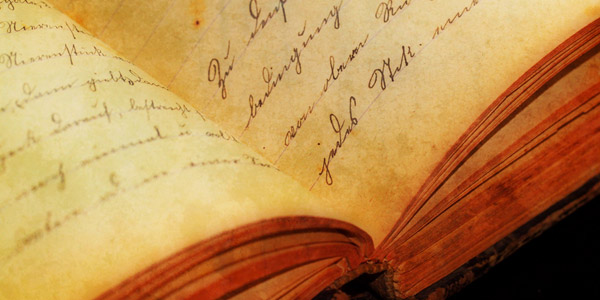Blog » Ambienthotels Blog
Inspired minds on Lake Garda

Every year people from all walks of life flock to Lake Garda to take in its windswept landscapes and breathtaking vistas, making the many villages along the lake's coasts some of the top tourist destinations in all of Italy. Among those who have taken the time to relax and reflect at the lake are some of history's great thinkers, artists and writers, and it's no surprise that the region continues to attract like-minded travelers today.
When poet Johann Wolfgang von Goethe visited the region in 1786, he described it as "delightfully rewarding" and "a delicious spectacle". He had known the reputation of the lake from the writing of his contemporaries and made a point not to miss it on his first Italian trip. Goethe noted the fig and olive trees growing in abundance on a valley road between Nago and Torbole. He wrote of Ora, the wind regularly blowing in from the south in the afternoons, and how it reminded him of centuries-old poetry. His own writing would move many others to visit the area in the years that followed.
Perhaps among those inspired was Friedrich Nietzsche. The philosopher would later write of the importance of travel and environment in promoting deeper and more meaningful thought. The name of the lake itself translates to "Place of Observation", and this has seemed to ring true in the way it has consistently inspired great writers over the years.
Another notable guest was the writer David Herbert Lawrence, who arrived in 1912. In this case, what was supposed to be a resting stop for the night turned into a stay of about six months when the writer fell in love with the town of Gargnano and rented a home. He would write several great works during his time at the lake, including Women in Love, The Rainbow and Sons and Lovers. Perhaps most telling, this is where the venerable author would write his first book on travel: Twilight in Italy.